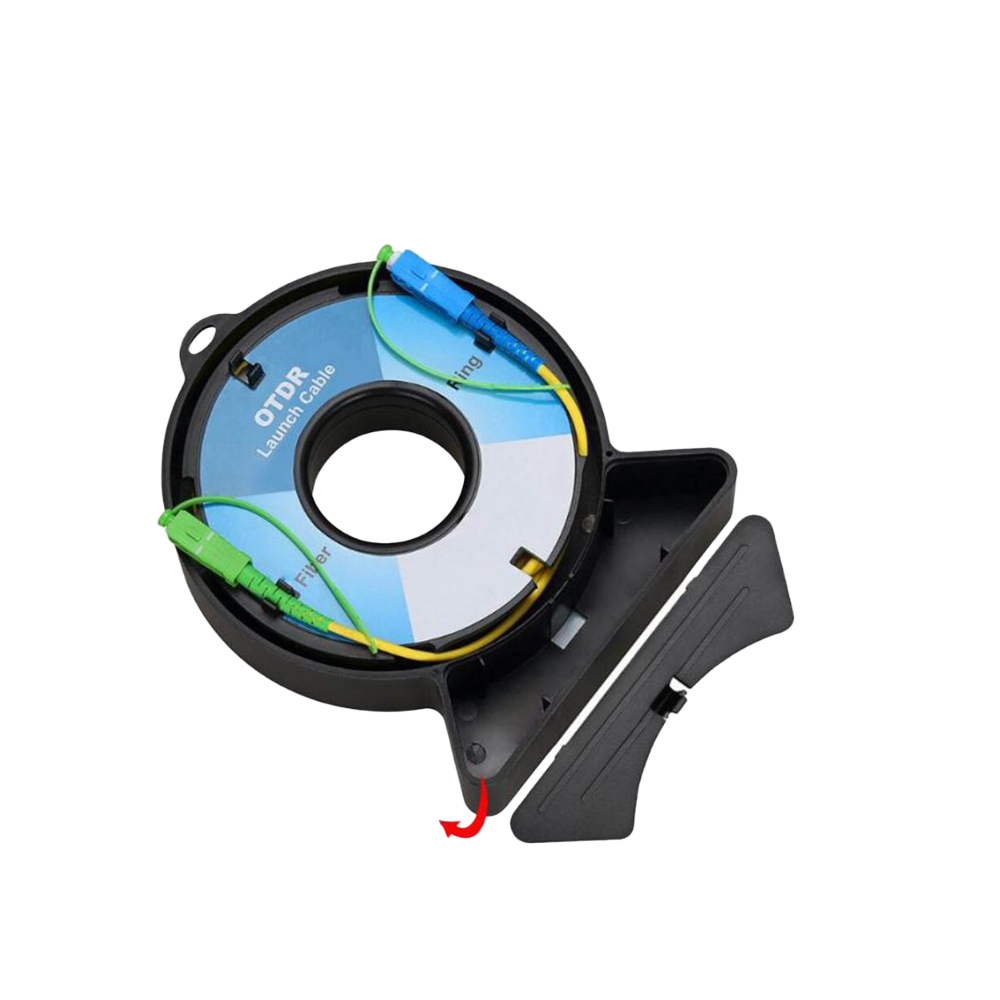Fiber Optic Tool Kit & Splicer, Fiber Testers, OTDR
WK-OTDREC-SC500 OTDR Extension Cable
110.00 €
Koha e arritjes së produktit : 04/10/2025 - 06/10/2025
1. This optical fiber launch cable supports single or multiple work, which can perfectly meet your different demands.
2. There is no welding joint in the middle of the fiber, disc structure design, small size and light weight.
3. Hook‑type carrying to meet different usage scenarios and reduce “blind spots”, improve the accuracy of test results and improve work efficiency.
4. By using optical fiber extension cords as transmitting and receiving optical cables, the loss of optical fiber lines can be easily measured.
5. Can be used with peace of mind, with strict quality control and quality assurance.
OTDR optical fiber extension cable is used to measure the insertion loss and reflectivity of the near-end connection and the far-end connection of the optical fiber line using OTDR. Each OTDR optical fiber extension cable can be used as an OTDR transmitting optical cable and an OTDR receiving optical cable. When using an OTDR to measure the complete line loss of an optical fiber, both of which are necessary to eliminate the dead zone. The OTDR optical fiber extension cable is designed in a coiled manner, which is convenient to carry, small and light. A variety of length options are very suitable for short, medium and long distance optical fiber network test applications.
How to Use Fiber Extension Cords to Generate Baseline Traces:
1. Use the OTDR optical fiber extension cable as the launching cable: Connect the OTDR optical fiber extension cable between the OTDR and the optical fiber line under test. This will enable you to measure the loss of the near-end connection.
2. Use the OTDR optical fiber extension cord as a receiving optical cable: Connect the optical fiber extension cord to the remote connection of the optical fiber line under test. This will allow you to measure the loss of the remote connection.
3. By using the optical fiber extension cable as the transmitting and receiving optical cable, you can easily measure the total insertion loss of the optical fiber line under test.


